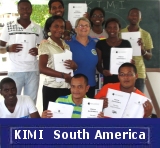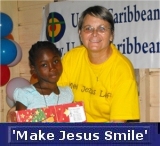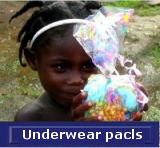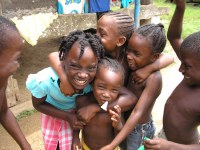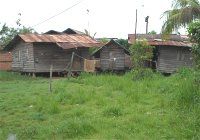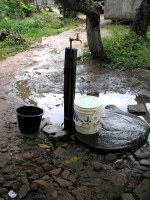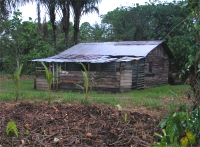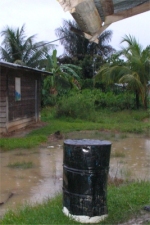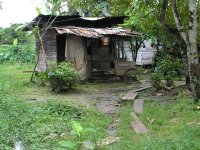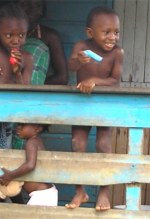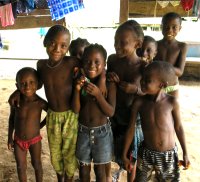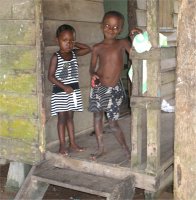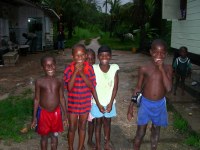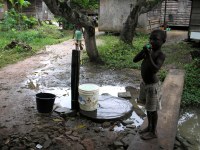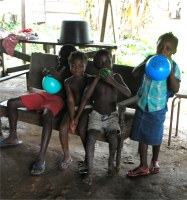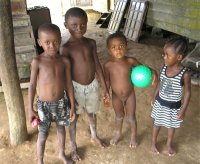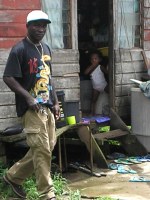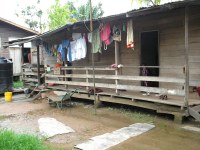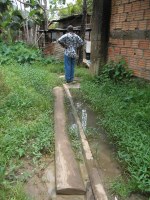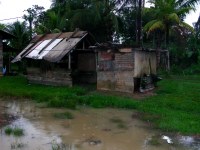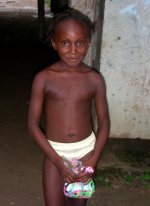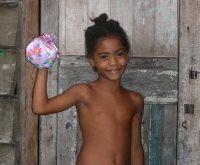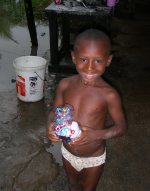 |
|
| As the planters took over more
land for crops, the Maroons began to vanish on the small islands.
Only on some of the larger islands were organized Maroon communities
able to thrive by growing crops and hunting. Here they grew
in number as more slaves escaped from plantations and joined
their bands. |
|
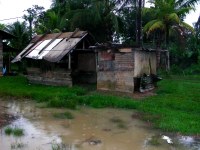 |
Seeking to separate themselves from whites,
the Maroons gained in power and amid increasing hostilities,
they raided and pillaged plantations and harassed planters until
the planters began to fear a mass slave revolt |
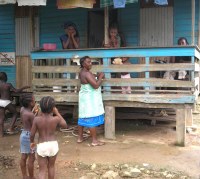 |
Maroon settlements often possessed
a clannish, outsider identity. They sometimes developed Creole
languages by mixing European tongues with their original African
languages. One such Maroon Creole language, in Suriname, is
Saramaccan
|
| The Maroons created their own independent
communities which in some cases have survived for centuries
and until recently remained separate from mainstream society.
In the 19th and 20th centuries, Maroon communities began to
disappear as forests were razed, although some countries, such
as Guyana and Suriname, still have large Maroon populations
living in the forests. Recently, many Maroons have moved to
cities and towns as the process of urbanization accelerates. |
|
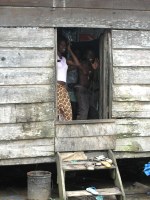 |
In the first half of the 18th century,
agriculture flourished in Suriname. Most of the work on the
plantations was done by African slaves. The treatment of these
slaves was bad, and many slaves escaped to the jungle. These
Maroons (also known as "Djukas" or "Bakabusi
Nengre") often returned to attack the plantations. Famous
leaders of the Surinam Maroons were Alabi, Boni and Broos (Captain
Broos). |
They formed a sort of buffer
zone between the Europeans who settled along the coast and
main rivers, and the unconquered Native American tribes of
the inland regions. The Maroons have contributed significantly
to the abolition of slavery.
|
|
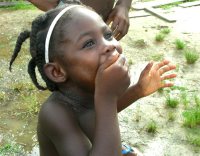 |
Recently UCT has been working
with Kim Smith to bless these children with underwear.
They were delighted to receive their beautiful
gifts.
CLICK to learn more.
|
|
|

